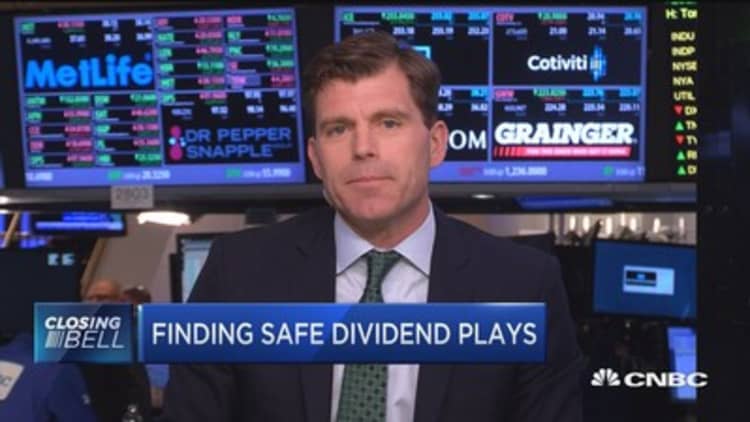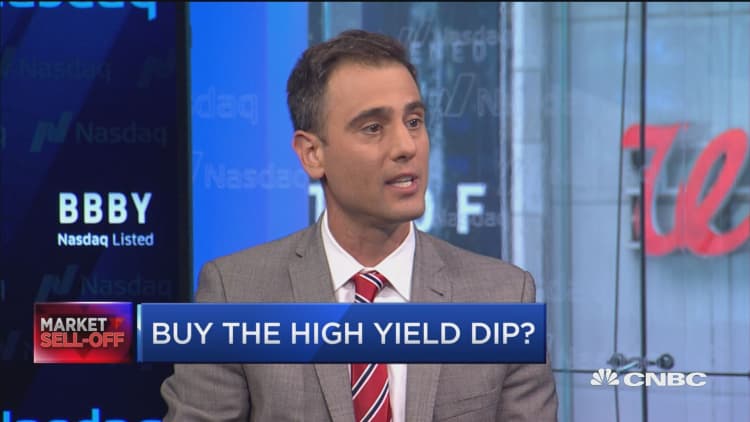
Interest rates are expected to remain low for the , which puts investors in a tricky position if they want better and more dependable returns.
And that has more investors piling into increasingly risky debt, including into junk bonds — also called high-yield bonds — which cost more than typical debt because of an expected higher likelihood of default.
In June, for the first time this year, high-yield issuance experienced a bit of a renaissance and nearly caught up to 2015 monthly figures, according to data tracked by Debtwire. Last month, the $19.4 billion in North American high-yield deals almost matched the $19.7 billion from June of 2015.
Market experts are seeing a lot of interest in loan funds, particularly high-yield funds, from some of the biggest investors in the U.S. With interest rates expected to stay low and yields compressed, high-yield may be the best deal to get a little more bang for their buck, especially if investors have an optimistic near-term view of the economy. The relative premium on high-yield debt — stretching from high single-digits into the low teens — is an attractive option compared with investing in residential mortgage paper, which now typically returns below 4 percent on high-quality borrowers.
Even with increased market turbulence following last month's Brexit vote, June represented a key trend that could have substantial ramifications as big investors confront the need for better returns at a time when 10- and 30-year Treasurys are offering even smaller returns.
"The demand for junk is going up exponentially," said Dick Bove, vice president of equity research at Rafferty Capital, adding that pensions are helping to drive the trend, because they need higher returns than what has been available through their typical investment strategies.

They're not alone, and they too may soon run out of alternatives to junk bonds. Investment-grade debt issuance — that is to say, debt that is viewed as more stable but which offers lower return, has surged in recent years, but there are signs that the run-up in dividends fueled in part by cheap debt is unsustainable. And if fewer stable companies are taking on cheap debt to pay out shareholders, billions of dollars in investor capital could be steered toward junk debt instead.
Ricky Liu, a portfolio manager with HSBC Global Asset Management, said foreign investors are also increasingly taking on more risk in an environment where less-risky investments may be muted for extended periods of time.
Insurers are increasingly looking down-market for higher returns, too. Doug Meyer, managing director at Fitch Ratings who covers insurers, said the life insurance industry's bond portfolio allocation shifted more toward high-yield paper in the first quarter of 2016.
"The low interest environment is negative for insurers," he said. "That is, in part, a reach for yield."


